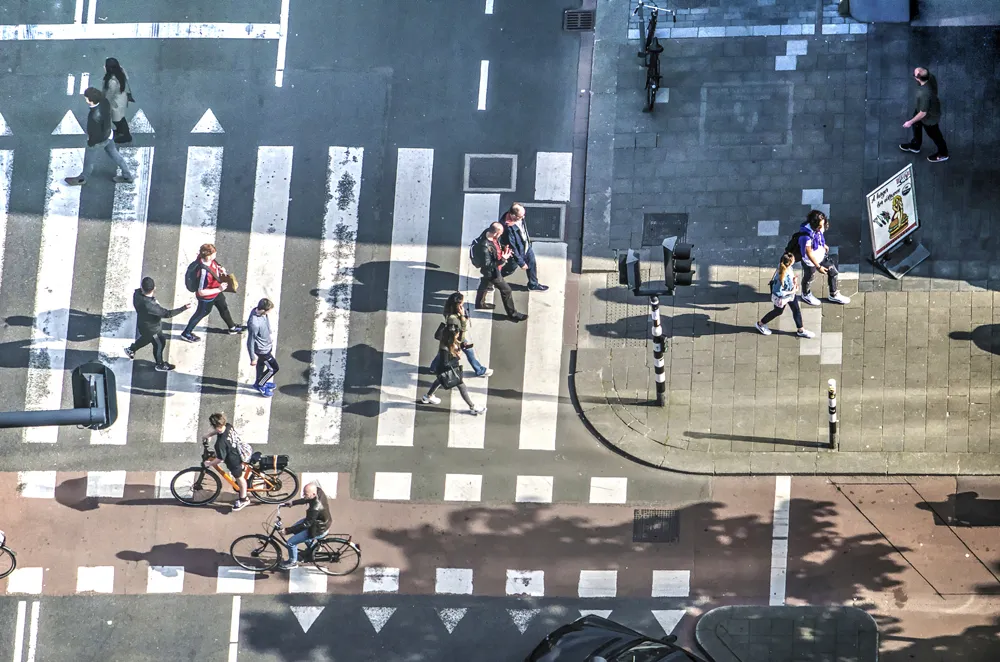Sunrin is using Intertraffic to promote its Aton and Luna low-level mounting streetlights which are installed one meter above ground and are said to have generated energy savings of up to 50%.
These devices are designed with the intention of reducing glare from wet road surface as well as minimising eye fatigue among drivers.
Additionally, the restricted light on the surface of the road aims to reduce light pollution created by artificial lights while providing visual guidance of the road contour.
March 21, 2018
Read time: 1 min

Sunrin is using Intertraffic to promote its Aton and Luna low-level mounting streetlights which are installed one meter above ground and are said to have generated energy savings of up to 50%.
These devices are designed with the intention of reducing glare from wet road surface as well as minimising eye fatigue among drivers.
Additionally, the restricted light on the surface of the road aims to reduce light pollution created by artificial lights while providing visual guidance of the road contour.
The flat and square bar type optical system aims to delivers controlled light distribution without a huge recessed reflector. It can be used in foggy and accident-prone areas as well as bridge areas, intersections and ramp sections.
Traffic flow does not need to be restricted during the installation of the system, according to Sunrin.
Stand 7.118










